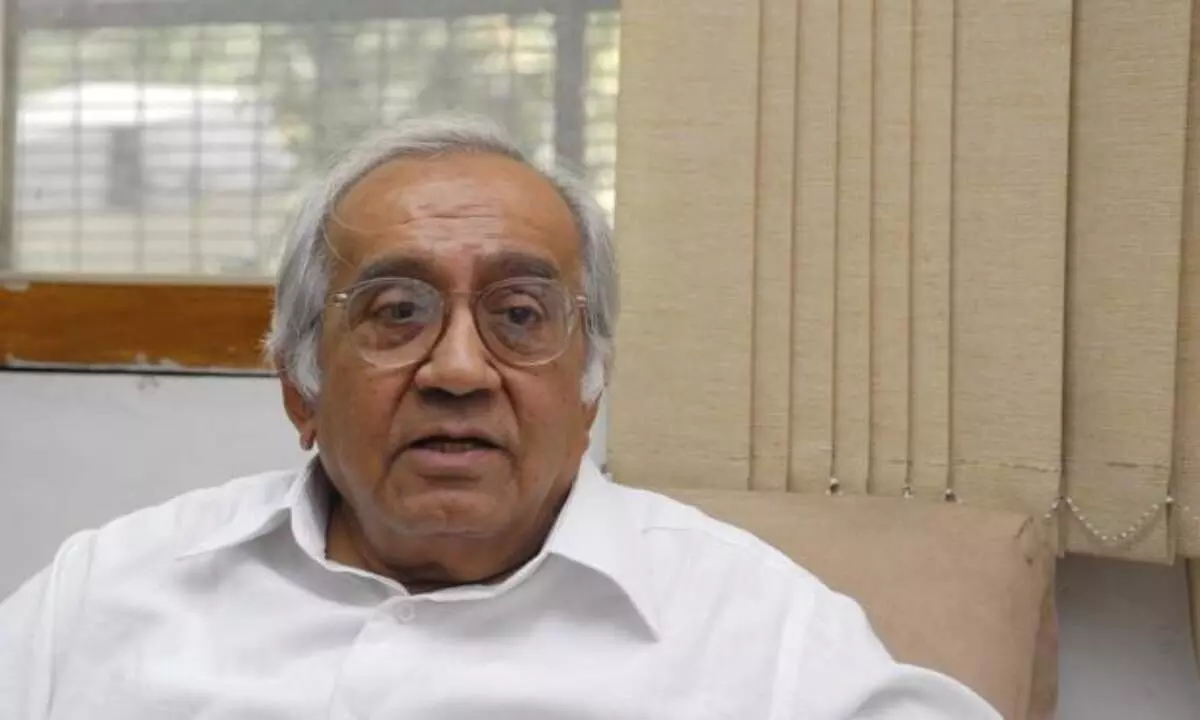Kirit Parikh Committee report on gas prices likely by Nov 30. What are the key expectations?
The Kirit Parikh committee, which was set up by the government to review the gas pricing formula, is likely to submit its report on November 30 recommending a complete liberalization of natural gas prices by January 1, 2026.
image for illustrative purpose

The Kirit Parikh committee, which was set up by the government to review the gas pricing formula, is likely to submit its report on November 30 recommending a complete liberalization of natural gas prices by January 1, 2026.
In September, the government constituted the committee, led by energy expert and former Planning Commission (since renamed NITI Aayog) member Kirit Parikh, to review the gas pricing formula for gas produced in the country with the aim to ensure a fair price even as global prices for gas remained high.
The draft recommendation will be discussed by members of the committee and finalized on November 29.
On October 1, prices of natural gas were increased 40 percent as part of the government's six-monthly review of prices. The government sets the price of gas every six months, on April 1 and October 1, each year based on rates prevalent in gas-surplus nations such as the US, Canada and Russia in one year with a lag of one quarter.
What to expect?
Kirit Parikh panel likely to recommend price cap for ONGC gas, no change in formula for Reliance Govt amends natural gas norms to boost competitive, affordable rates in far-flung areas
According to media reports and brokerage reports, the key expectations from the committee's report include the following:
1. The committee is likely to suggest a price cap for Administered Pricing Mechanism (APM) gas, including for ONGC Ltd and Oil India Ltd.
2. A committee is expected to propose a formula that helps reduce prices by about $2/mmBtu or so for the priority sector, which would result in price declining to $7/mmBtu from more than $9.2/mmBtu now. Priority sector includes city gas distribution, power and fertilizer sectors.
3. The committee is unlikely to suggest any changes in prices of gas from difficult gas fields. For instance, the Krishna Godaveri block D6 (KG-D6) fields of Reliance Industries Ltd and its joint venture partner bp plc are governed by the pricing formula for difficult fields and that is likely to remain unchanged.
4. The report may recommend an annual escalation of $0.5/mmbtu for the next few years.
5. The report may also recommend a gradual move to market pricing of gas in 3-4 years, a long standing demand of the industry.
How can it help?
India has a long-term vision to emerge as a gas-based economy aimed at increasing the use of cleaner fuel and curbing imported inflation. The biggest challenge remains that low production of gas in the domestic market and its vulnerability to international gas prices.
Russia's attack on Ukraine and the subsequent disruptions in gas supplies has resulted in a global energy crisis with countries scrambling for gas. India, which thus far was struggling to procure natural gas, has been facing an oversupply of late as the steep increase in prices forced customers in India to cut down their procurement.
"Given the mandate to encourage investments in new gas assets, we would assume premium gas pricing would have some linkage with term LNG (liquified natural gas) prices and hence, this will remain lucrative for RIL and ONGC's new gas production," ICICI Securities said in a note last week. The brokerage added a disclaimer that it does not have access to the draft report.
The brokerage said that two successive measures to help the gas sector– the amendments to gas transmission tariffs and the draft recommendations– are a material relief to the gas sector which has seen the macros turn deeply unfavorable over the last six months or so.
City gas distribution companies witnessed a muted performance in the second quarter and the recommendations of the committee could provide a big relief.
Brokerage Sharekhan said in a report on Mahanagar Gas Ltd on November 14, "Accommodative government policies and likely cut in APM gas price (Kirit Parikh committee already set up to review domestic gas pricing formula) or capping of domestic gas price would improve volume growth visibility and support sustained margin recovery for CGDs. We expect MGL's PAT (profit after tax) to clock 13% PAT CAGR over FY22-25E, along with healthy RoE/RoCE of 19%/24%."

